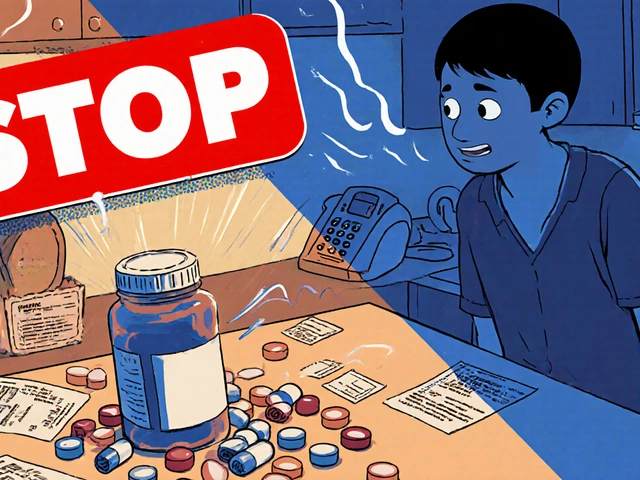Hair restoration: practical options and what actually works
Hair loss feels personal and urgent. You want solutions that give real results, not guesswork. This guide breaks down the main treatments—what they do, how fast they work, and what to watch for—so you can pick the best next step.
Medical treatments that help
Topical minoxidil is the easiest first step. Most people use 5% foam or solution once or twice daily. Expect to see changes in 3–6 months: first a slowdown in shedding, then thicker-looking hair. Side effects are usually local irritation; stop and ask a doctor if redness or rapid heart rate appears.
Finasteride (1 mg daily) is the standard pill for male-pattern hair loss. It blocks DHT, the hormone that shrinks follicles. Starting it often gives visible gains after 3–6 months and better results by a year. Be aware of possible sexual side effects in a small number of users. Talk to your prescriber about risks and monitoring.
For some women and people with hormone-driven loss, spironolactone or oral contraceptives can help. If you’re on medications known to trigger shedding—like certain RA drugs, methotrexate, or sulfasalazine—consult your specialist. Our site has specific articles on drug-induced alopecia and dermatologist-approved fixes that may let you preserve hair while treating the original condition.
Procedural and supportive options
Platelet-rich plasma (PRP) is a clinic procedure where your blood is concentrated and injected into the scalp. Many patients see improvement after 3 sessions spaced a month apart, then maintenance every 6–12 months. It’s low-risk but varies in effectiveness by person and clinic quality.
Hair transplants (FUE or FUT) move healthy follicles to thinning areas. They give the most visible, long-term change but require a qualified surgeon, realistic expectations, and recovery time. Costs and results vary—ask for before-and-after photos from the clinic and a clear plan for density and follow-up.
Don’t ignore basics: correct nutrient gaps (iron, vitamin D, sometimes zinc), reduce smoking, and manage stress—these don’t replace treatments but help them work better. Gentle hair care and avoiding harsh chemicals or tight hairstyles also protect fragile follicles.
Timeline matters. If you want quick reassurance, a dermatologist can run a blood panel and scalp exam in one visit. If you start medical therapy, give it at least 3–6 months before judging effectiveness. If shedding is sudden or patchy, seek care sooner—conditions like telogen effluvium or autoimmune alopecia need targeted treatment.
Every option has trade-offs. Use this guide to narrow choices, then ask a dermatologist about combining treatments (for example, minoxidil plus PRP) for better outcomes. Want articles on drug-related hair loss or specific meds like minoxidil and PRP? Check our site’s hair loss posts for deeper reads and practical next steps.
Discover six effective alternatives to Propecia for hair loss in 2024. This article explores diverse treatments ranging from topical solutions and laser therapy to natural options. Each alternative's benefits and limitations are detailed to help you choose the most suitable method for hair restoration. With a focus on real-world effectiveness and ease of use, uncover the future of hair care and regrowth.
View Details

